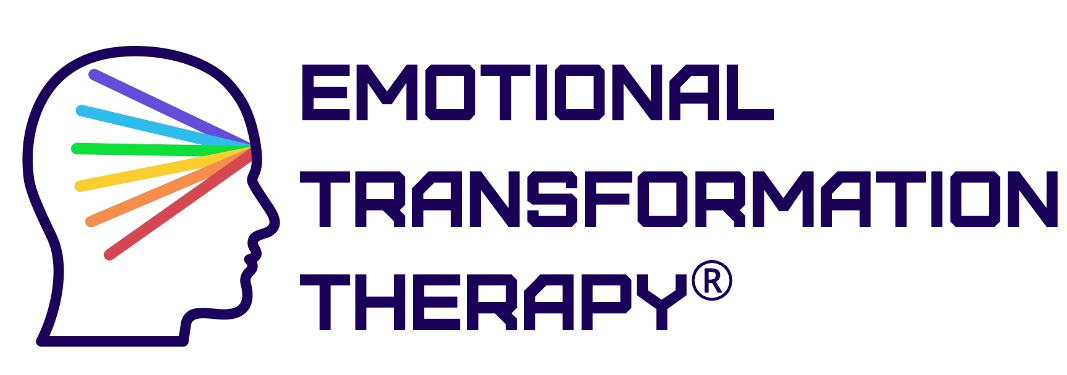Multidimensional Eye Movement (MDEM)
Modality 1
Since the development of Eye Movement Desensitization and Reprocessing (EMDR) there have been three other forms of eye movement therapy that represent advances from EMDR. The following are unique attributes of MDEM:
MDEM uses smooth pursuit eye movement unlike EMDR. Research has shown that smooth pursuit eye movement produces a greater impact on trauma like childhood sexual abuse than the type of eye movement EMDR uses (Irwin, H.I., Green, M. I. and March P. I., 1999)
Scientific research has shown that smooth pursuit eye movement has a much greater capacity to elicit implicit memory than other forms of eye movement.
Scientific research has shown that expressive dialogue during eye movement yields a far greater efficacy than eye movement alone (Eberhard, K.M., Spivey-Knowlton, M.J., Sedievy, J.L. and Tenenhaus, M.K., 1995). EMDR discourages dialogue during eye movement.
MDEM individualizes eye movement for each person, whereas EMDR uses the same eye movement or physical stimulation with all clients.
MDEM uses precise color on an individual basis with each client which is different from any other eye movement therapy. This strongly impacts client emotions rapidly.
MDEM is highly effective in transforming physical symptoms.
MDEM transforms fixated visual trauma such as:
Seeing a loved one die
Viewing horrific visual images (flashbacks)
Observing repulsive scenes
Seeing a life threatening event
These visual traumas typically resolve in minutes via MDEM.
